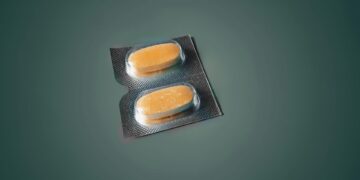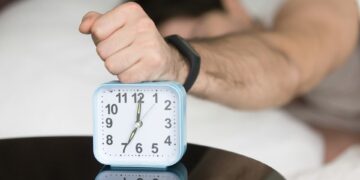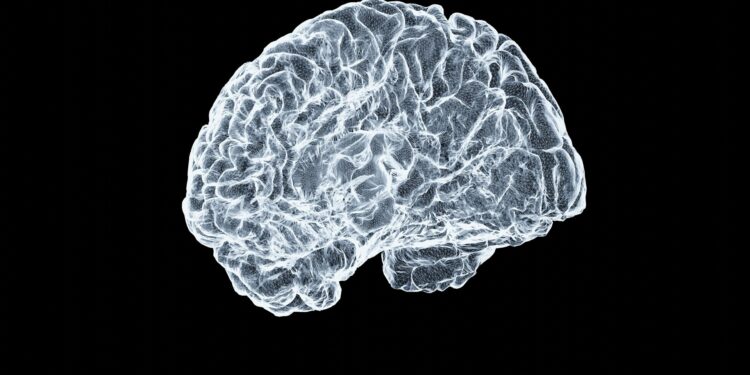Monitor Huntington’s Symptoms In Real Time
While most people use their smartphones for entertainment, communication, or staying informed, new research suggests those same devices could also play a crucial role in monitoring the progression of a rare brain disorder—Huntington’s disease.
A study published on June 9 in the journal Brain reveals that five simple smartphone-based motor tests can help assess movement impairments in individuals with Huntington’s. These app-driven tests evaluate balance, involuntary motions, and finger tapping, generating what’s known as a Huntington’s Disease Digital Motor Score (HDDMS).
According to Ed Wild, professor of neurology at the Huntington’s Disease Center at University College London, the HDDMS could significantly improve the way treatments are tested. “Using the HDDMS in clinical trials may provide more precise results with fewer participants and in shorter timeframes than traditional methods,” Wild noted in a press statement. He emphasized that the ability to conduct these tests at home in just five minutes could make them both more convenient and more reflective of everyday challenges than assessments conducted in clinical settings.
Huntington’s disease is a hereditary condition that causes the gradual breakdown of nerve cells in specific parts of the brain, particularly those governing motor function, the National Institutes of Health explains. Individuals with the disease experience involuntary, jerky movements and abnormal body postures, which can worsen with stress or distraction. While there is currently no cure, various promising therapies are under investigation, making precise tracking tools vital for evaluating treatment success.
The research team developed the HDDMS by analyzing data from over 1,000 participants enrolled in four separate studies. This data allowed them to identify which motor signals best indicate disease progression and how smartphones could reliably capture those changes.
When tested, the HDDMS proved to be roughly twice as sensitive in detecting motor function changes compared to the standard clinical assessment currently used. The researchers suggest this digital tool could improve the ability to detect even subtle changes in symptoms over time.
“In rare conditions like Huntington’s, where participant numbers in clinical trials are limited, having highly sensitive tools is critical,” Wild explained. “Smaller trials become more feasible when assessment tools are both efficient and accurate.”
Still, the researchers caution that further investigation is needed to determine how well the HDDMS can forecast long-term declines in a patient’s ability to function.

































Discussion about this post